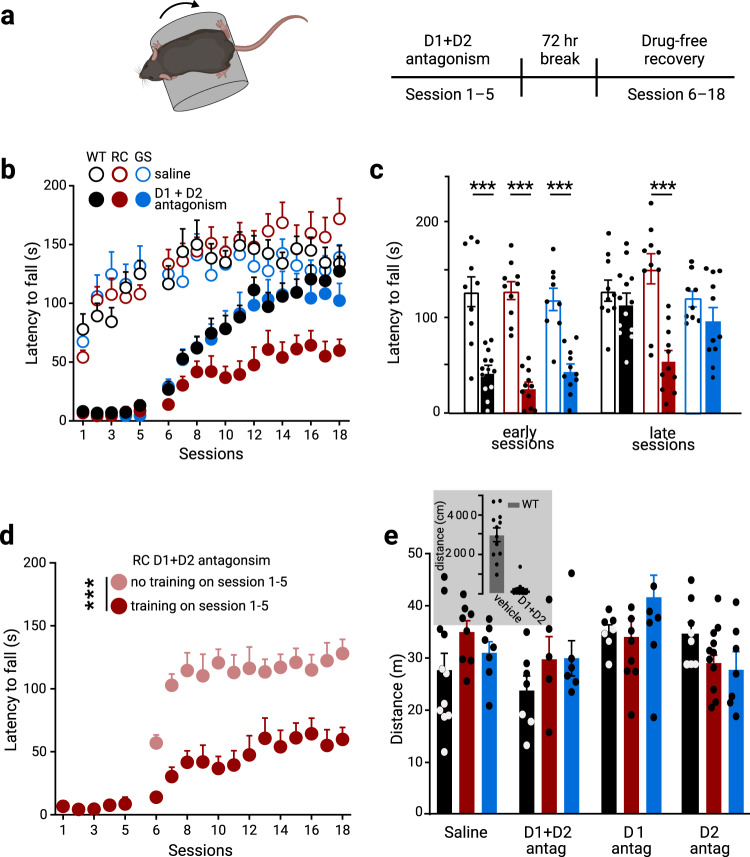Fig. 3. RC KI mice show dopamine-dependent motor learning impairments.
a Schematic of the rotarod training paradigm. Mice were assessed over a total of 18 daily sessions, where every daily session consisted of five trials. WT, GS, and RC mice were administered either saline or a cocktail of D1 receptor (SCH23390) and D2 receptor (eticlopride), 1 mg/kg of each antagonist 30 min prior to daily sessions, and trained for five successive days in an accelerated rotarod. After a 72 h break, the mice were returned to the rotarod for an additional 13 days of a drug-free recovery phase. b Genotype-dependent effect of blocking both D1 and D2 receptors during the first five sessions on rotarod performance of WT, RC, and GS mice. The average latency in the early (session 6–8) and late (session 16–18) stages in the drug-free recovery phase in b is summarized in c. Open and filled bars represent the average performance of saline control and drug-treated mice, respectively (saline treated groups: nWT = 10 mice, nRC = 10 mice, and nGS = 9 mice; D1 + D2 receptor antagonist treated groups: nWT = 13 mice, nRC = 11 mice, and nGS = 11 mice; ***p < 0.001 vs genotype-matched saline control). d Improved performance of RC mice (n = 10) received antagonist cocktail but no training during the first five sessions. The RCD1+D2 group data is from Fig. 3b–c for reference. See Supplementary Table 7 for complete sample sizes and statistical results. e. Distance traveled in the open field after five days of rotarod training with either vehicle or dopamine receptor antagonist cocktail treatment. Another group of mice received dopamine antagonist treatment and rotarod training for five days under the same schedule described in a-c and were tested in the open field immediately after the 72-hr break instead of the drug-free phase (saline treated groups: nWT = 11 mice, nRC = 8, and nGS = 7 mice; D1R + D2R antagonist treated groups: nWT = 7, nRC = 5, and nGS = 6 mice; D1R antagonist treated groups: nWT = 7, nRC = 8, and nGS = 9 mice; D2R antagonist treated groups: nWT = 8, nRC = 11, and nGS = 7 mice).

